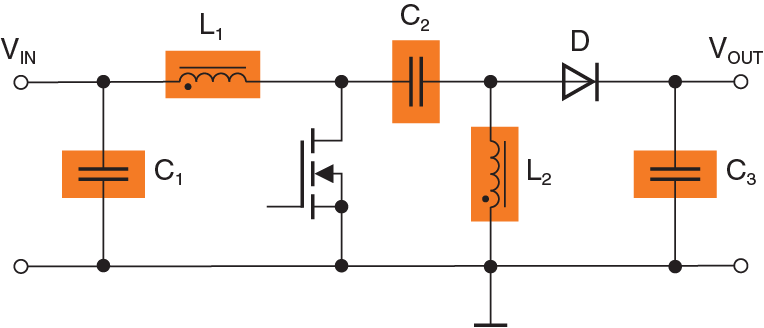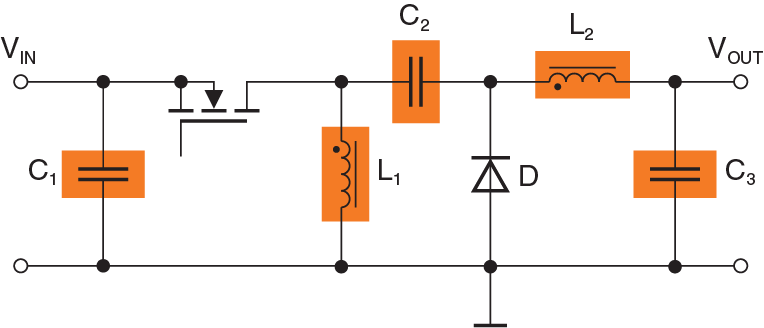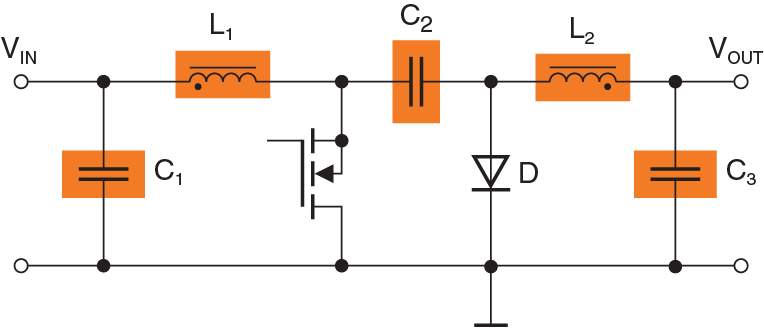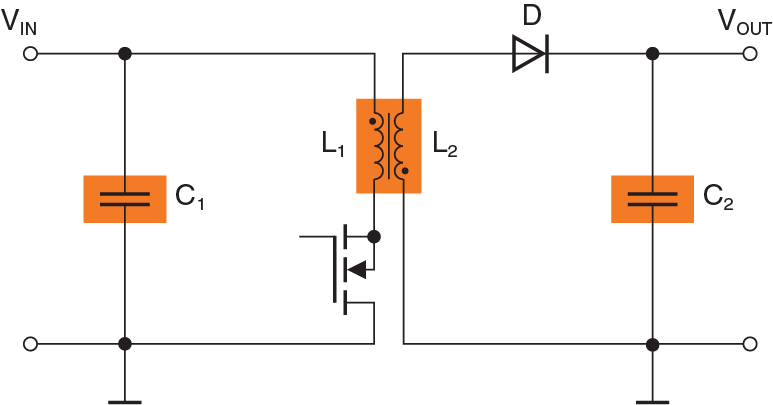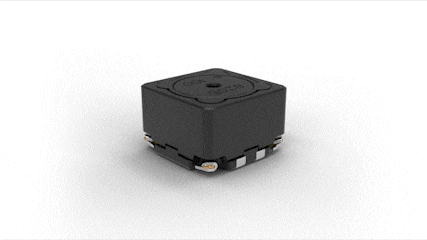
Features
Electrical Characteristics
- High rated currents up to 7.05 A
- Exceptionally high saturation currents of up to 16.1 A
- Very low RDC values as low as 0.018 Ω
- High temperature range of up to 150 °C
Construction
- Tight coupling of the 2 windings
- Laser welded connection
- Outstanding mechanical and thermal robustness
Flexible Usage
- 1:1 transformer
- Two single inductors connected in series or parallel







